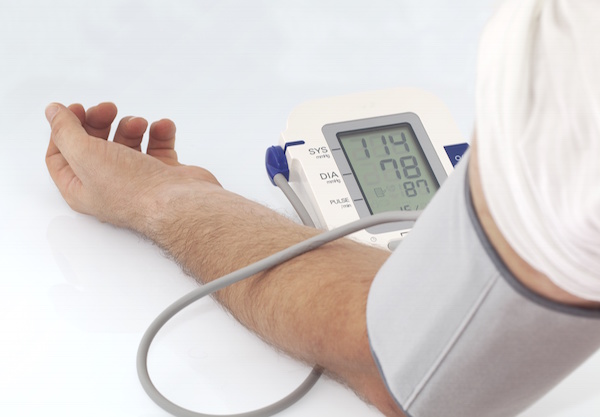
FRIDAY, June 24 (HealthDay News) — Doctors should use the anemia drugs Procrit, Epogen and Aranesp more cautiously in patients with chronic kidney disease, U.S. health officials said Friday.
The new warning comes in response to data showing that patients on these drugs face a higher risk of cardiovascular problems such as heart attack, heart failure, stroke, blood clots and death, the U.S. Food and Drug Administration said.
“FDA is recommending new, more conservative dosing recommendations for erythropoiesis-stimulating agents [ESAs] for patients with chronic kidney disease,” Dr. Robert C. Kane, acting deputy director for safety in the division of hematology products, said during a news conference Friday.
These recommendations are being added to the drug label’s black box warning and sections of the package inserts, he said.
This is not the first time health risks have been linked to these anemia drugs. They have also been tied to increased tumor growth in cancer patients and may cause some patients to die sooner. Also, cancer patients have an increased risk of blood clots, heart attack, heart failure and stroke, according to the FDA.
Procrit, Epogen and Aranesp are synthetic versions of a human protein known as erythropoietin that prods bone marrow to produce red blood cells. The drugs are typically used to treat anemia in cancer patients and to reduce the need for frequent blood transfusions. Anemia also occurs in patients with chronic kidney disease. Anemia results from the body’s inability to produce enough red blood cells, which contain the hemoglobin needed to carry oxygen to the cells.
Currently, labels on these drugs say ESAs should be used to achieve and maintain hemoglobin levels within 10 to 12 grams per deciliter of blood in patients with chronic kidney disease. These target levels will no longer be given on the label, the agency added.
Hemoglobin levels greater than 11 grams per deciliter of blood increases the risk of stroke, heart attack, heart failure and blood clots and haven’t been proven to provide any additional benefit to patients, according to the FDA.
The new label says that for patients with chronic kidney disease not on dialysis, ESA therapy can be started when the hemoglobin level is less than 10 grams per deciliter. However, the goal of treatment should not be to increase hemoglobin levels to 10 or more grams per deciliter. Treatment needs to be individualized for each patient, the FDA said.
For patients on dialysis, ESA therapy can start when the hemoglobin level is less than 10 grams per deciliter. But, if the hemoglobin level approaches or goes over 11 grams per deciliter, the dose of the drug should be lowered or therapy stopped, the agency said.
Doctors should prescribe the lowest possible dose needed to reduce the need for transfusions, the agency added.
Patients taking these drugs should read the information in the medication guide included with these drugs. They should also have frequent blood tests, which help doctors keep hemoglobin at safe levels.
If patients have concerns about these drugs, they should consult with their doctor, the FDA said.
Amgen Inc., the maker of all three drugs, said in a news release that it backs the FDA action.
“Amgen supports the modified ESA prescribing information as it informs physicians of important safety information,” Dr. Roger M. Perlmutter, Amgen’s executive vice president of research and development, said in the news release. “The revised label also provides physicians with more individualized treatment guidance by distinguishing between patients undergoing dialysis as compared with those who are not on dialysis.”
The U.S. Centers for Disease Control and Prevention estimates that more than 20 million Americans aged 20 and older suffer from chronic kidney disease.
More information
To learn more about ESAs, visit the U.S. Food and Drug Administration.

